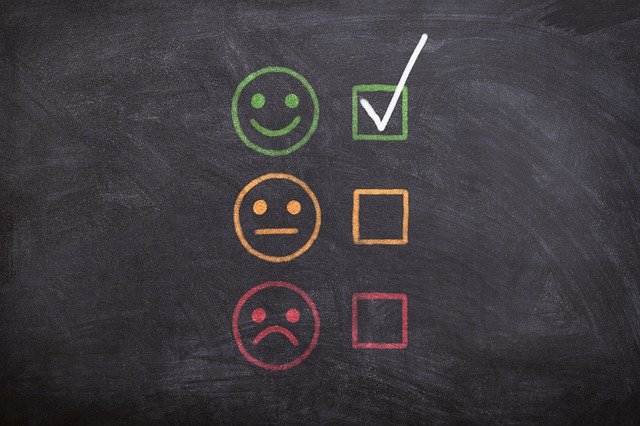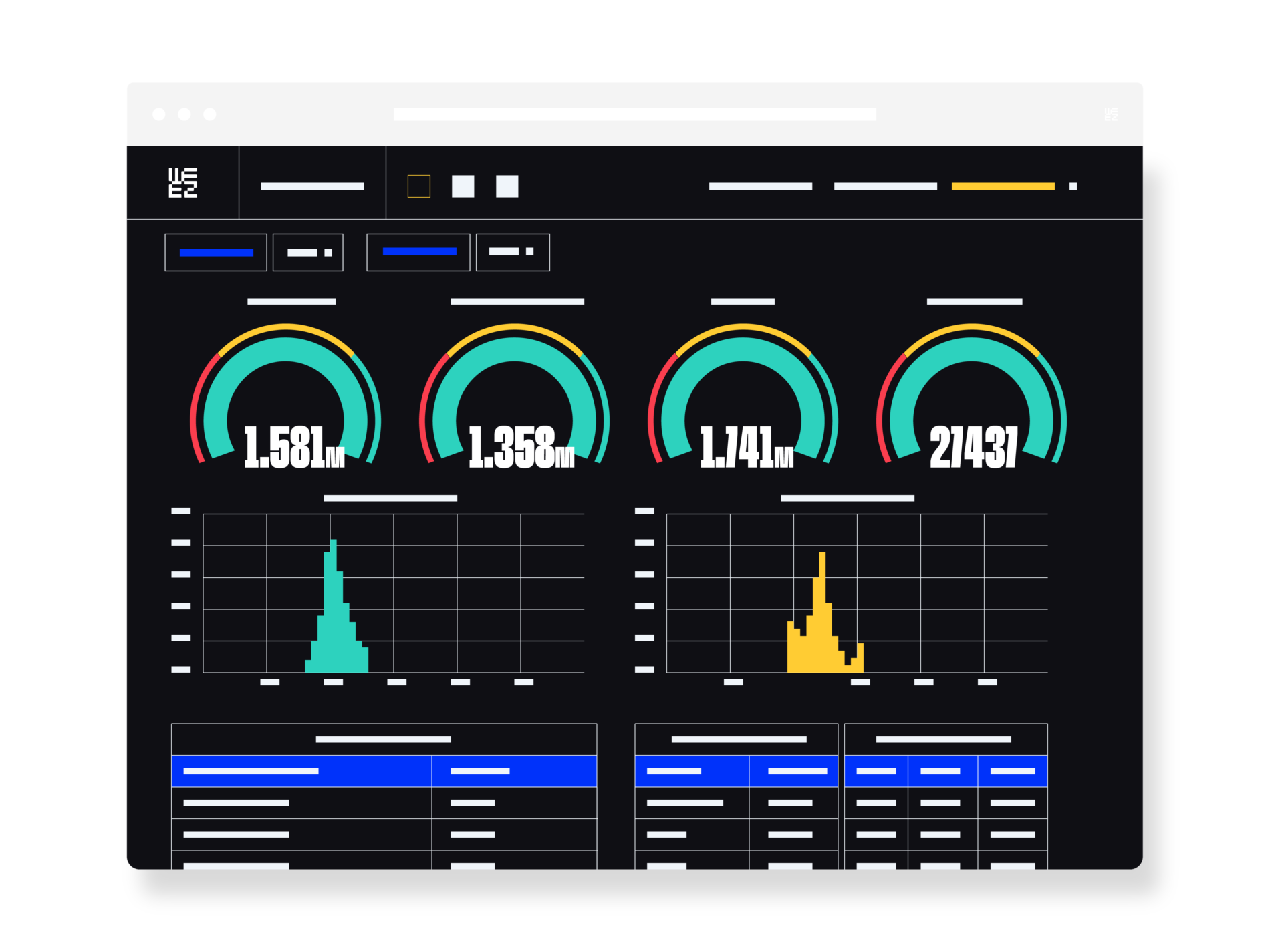After hosting an event, you probably want to know what your attendees thought of it. Experiences vary from person to person, so it’s important to gather feedback from as many attendees as possible after an event. Managing and planning an event is a big task, and the more data you collect, the more information you’ll have to plan future events.
To ensure you get the best possible feedback, here are our tips for building your satisfaction survey, whether it’s a public event, conference, or trade show.
Summary
1. What you need to know
A post-event satisfaction survey is a tool for gathering valuable information from attendees. It allows you to know their positive or negative feelings towards your event. This type of survey asks several categories of questions (presentation, food, location, etc.). Satisfaction surveys will help you draw up a list of tasks to consider for your next event to ensure its success.
2. The advantages of a satisfaction survey
Build trust. Asking for feedback from your attendees shows that you care about their experience and will use their input feedback for future events.
Estimate event growth. You can use different types of surveys after your event, but it’s important to gauge future growth by asking attendees if they would recommend them to a friend. This will help you know if word of mouth will increase the number of attendees at your next event.
Improve future events. Constructive feedback will help you plan future events so that attendees have the best possible experience. For example, feedback can help you improve the ease of registration, the quality of presentations, or the food.
3. How to create a satisfaction survey?
When collecting registration information for your event, an online registration or ticketing tool will help you ensure that you collect attendee contact information:
- Email address
- Phone number
- Preferred means of contact
Having accurate information is essential for follow-up, and, therefore, for post-event satisfaction surveys. Your satisfaction survey should be ready to distribute the day after your event. Remember to let your attendees know that a satisfaction survey is planned and that you are using their responses; this will give them an emotional incentive to complete it.
It would help to consider the different types of questions to include in the survey. Surveys that provide the most useful information contain a mix of closed-ended and open-ended questions. Closed-ended questions provide quantitative data, while open-ended questions provide opinions and comments from the attendees themselves.
Give attendees a few days to complete your survey, or you can send a reminder over the next two weeks if you do not hear back.
4. Questions to ask
There are several types of questions. For example, a Likert scale question is both a rating and a closed-ended question. The properties of each question type determine its usefulness for your survey, so you should think about the type of feedback you want to have to help you choose the questions that best suit your needs.
Likert scale
A Likert scale question is a closed-ended question with a series of responses that rank satisfaction from extreme to extreme.
For example: How satisfied are you with the variety of presentations given at the conference?
Very satisfied – Somewhat satisfied – Neither satisfied nor dissatisfied – Somewhat dissatisfied – Very dissatisfied
Open questions
These questions ask the participant to provide their own individual short answers.
For example: Do you have any suggestions for the next edition?
Closed-ended questions
Closed-ended questions include multiple-choice, drop-down, and checkbox questions. The participant must choose from a list of predetermined answers.
For example: Do you plan to attend the next edition of this event? Yes – No
Rating scale
Responses are presented either as a number (1-10) or as a scale (very satisfied – very dissatisfied). Rating scale questions allow you to quantitatively measure attendees’ opinions of an event. Unlike Likert scale questions, rating scale questions can use any type of rating choice, such as stars or numeric responses.
For example: On a scale of 0 to 10, how likely are you to recommend this event to someone you know?
Multiple-choice questions
Multiple-choice questions are useful because they give participants options from a list of answers that you define.
Demographic questions
It is a quick and easy way to gather information about your attendees and will help you formulate your marketing strategy for upcoming events.
5. Example of a satisfaction survey
Questions do not have to be complicated. To get the best results, be straightforward and clear. Ask for honest, constructive feedback with questions like these:
- Were you satisfied with the event?
- Ask participants to evaluate the event as a whole (date, location, speakers, catering, etc.).
- What did you like most about the event? Leave this question open-ended to allow participants to express themselves.
- What did you dislike about the event?
- Invite participants to give and develop constructive feedback using a simple question.
- How likely are you to recommend the event to a friend?
- Recommendations easily influence events.
- In your opinion, did the event achieve its objectives?
- An event, such as a conference, without clear objectives can make participants feel like they are wasting their time.
- Will you attend another event of this type in the future?
- The “yes/no” answers will indicate the success of your event and the potential loyalty of participants.
With Weezevent’s tools, you will have all the necessary information to send a satisfaction survey to your participants: online ticketing to collect their contact details and CRM and marketing tools to send them the questionnaire!



